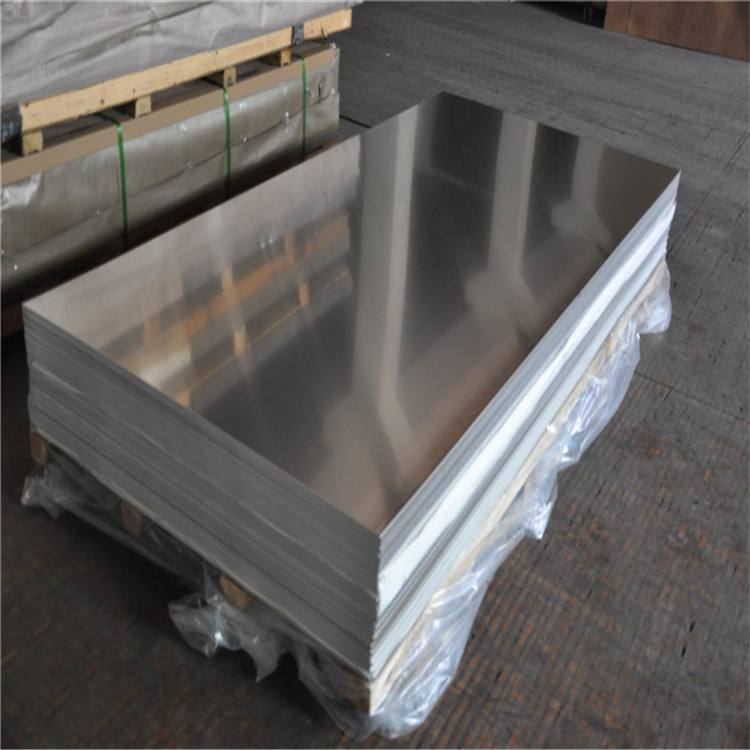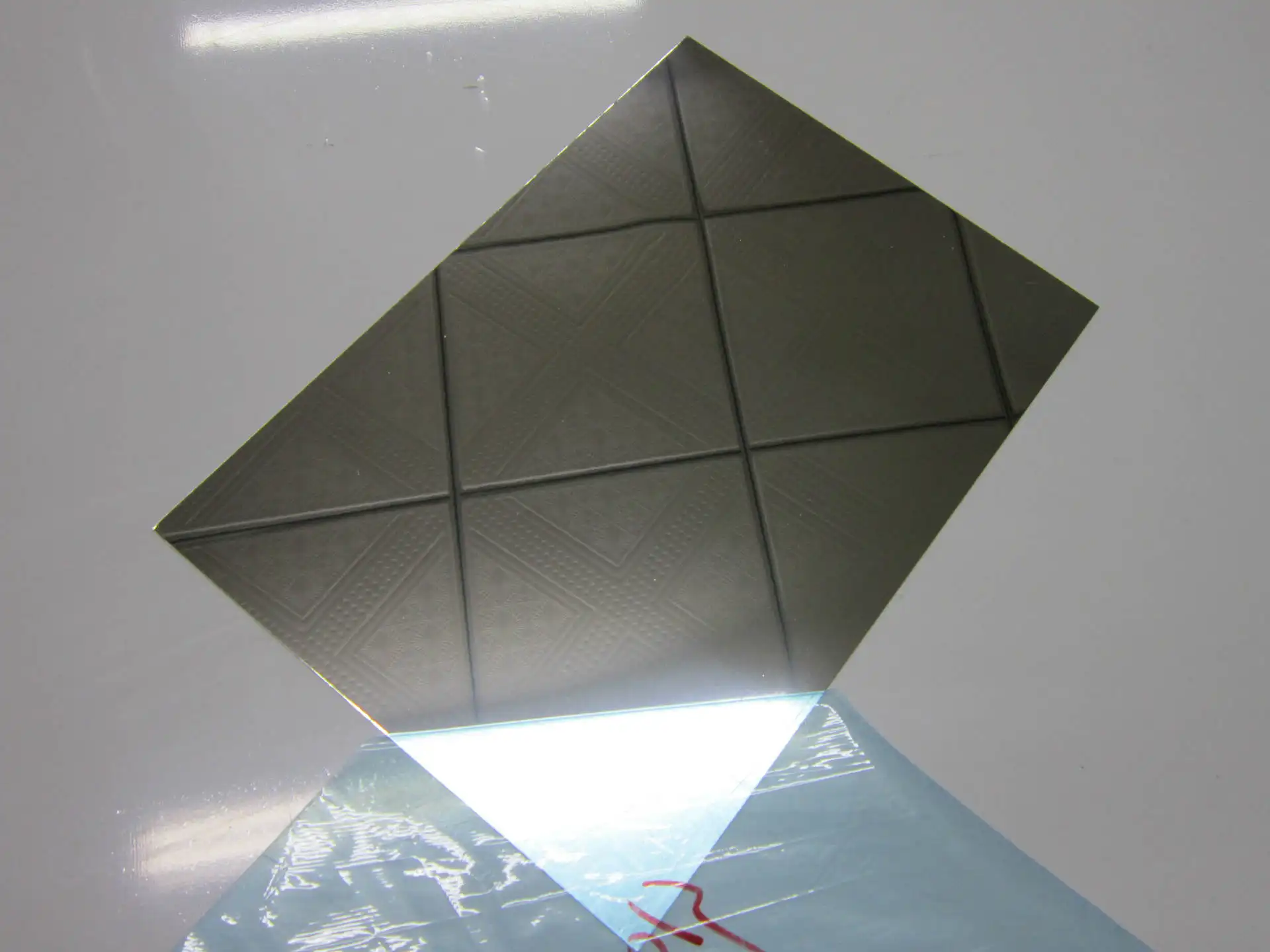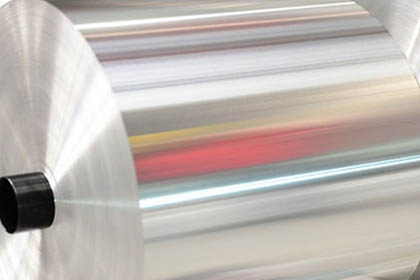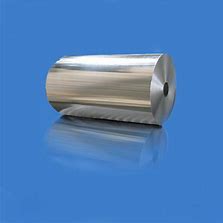



Introduction to aluminium and aluminium alloys
The earth's crust is rich in minerals and ores. Some ores have proved to be a valuable resource for mankind. Iron, for example, originated from iron ore (hematite) and laid the foundations for the industrial revolution. Aluminium, on the other hand, was a key strategic resource for aviation during the First and Second World Wars. Nevertheless, aluminium metal continues to dominate due to its unique characteristics and rapid and cost-effective extraction. The metal accounts for 70% of all natural elements. Metals can be found in nature in both free and mixed forms. Typically, reactive metals exist in the mixed state as oxides, sulphides, carbonates, etc. Metals at the centre of the reactive series (e.g. zinc, iron and lead) are moderately reactive and are found in the earth's crust as oxides, sulphides, carbonates, carbonates, etc.
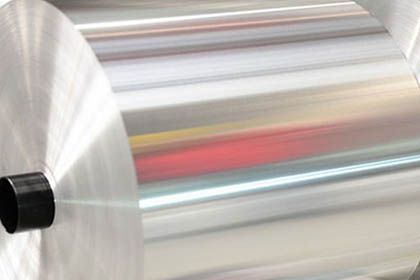
Aluminium contains 13, the symbol AL, and is a chemical element. Aluminium is less dense than most common metals and is about one third the density of steel. When exposed to air, it produces a protective coating on the surface due to its high affinity for oxygen. The colour and ability of aluminium to reflect light mimics the appearance of silver. It is flexible, non-magnetic and ductile. Commercial aluminium (99% to 99.6% pure) with traces of silicon and iron is hard and strong. Aluminium is a ductile and very adhesive metal that can be pulled into wire or rolled into thin foil. The metal is only one third as dense. Iron or copper. Despite being chemically active, it is resistant to corrosion due to the thick, strong oxide film that forms on its surface.
* Thank you for your inquiry. Please provide your business needs information so that we can better serve you.
This information can help us assign the most suitable person to solve your problem. We will give you feedback within 1-2 working days.
Related Blog
